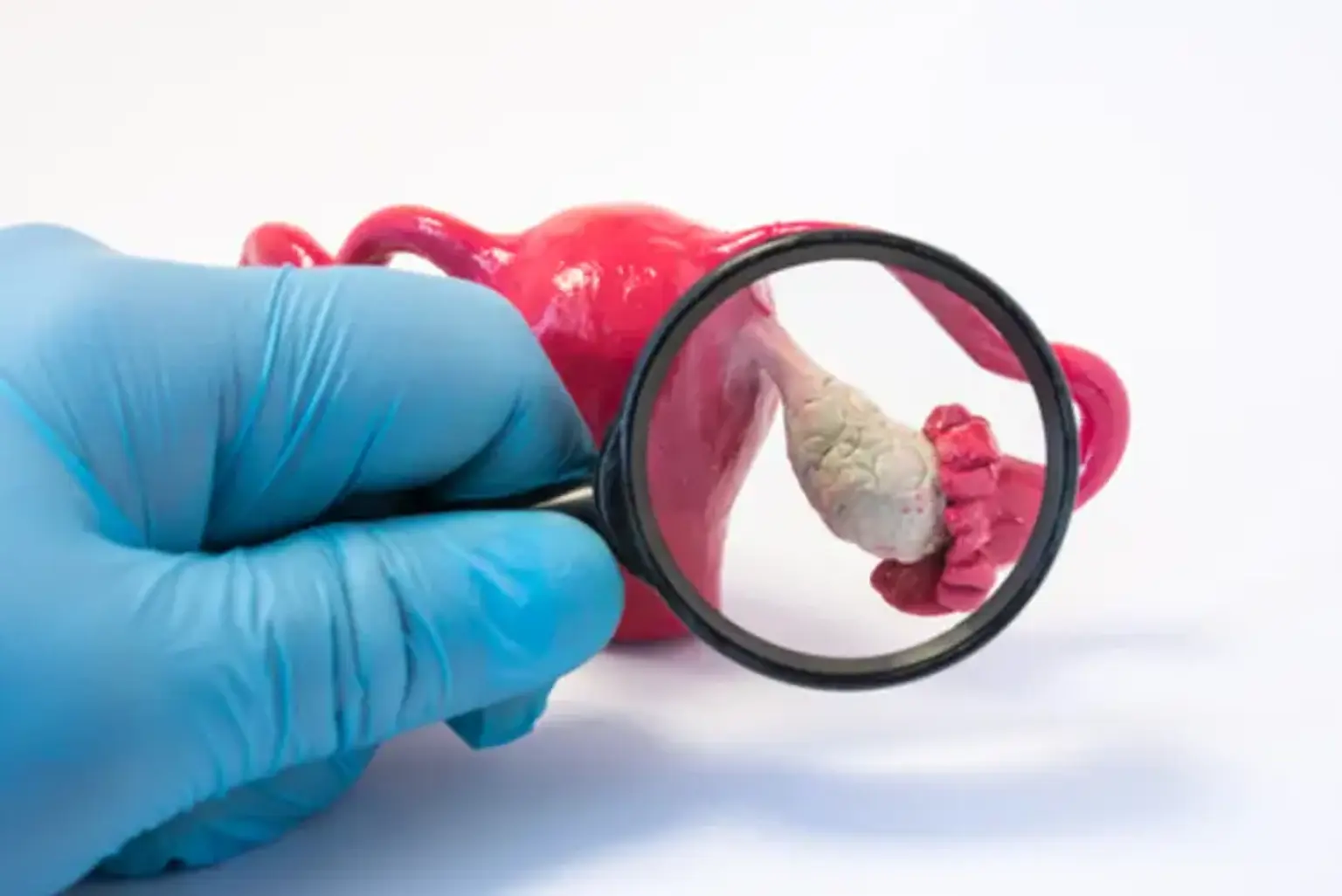Cyst Aspiration
Overview
Ovarian cysts are fluid-filled sacs or pockets that exist inside or on the surface of the ovary. On each side of the uterus, women have two ovaries, each roughly the size and shape of an almond. During the reproductive years, eggs (ova) grow and mature in the ovaries and are released in monthly cycles.
Many women develop ovarian cysts at some point in their lives. Most ovarian cysts cause no pain and are completely safe. Without therapy, the vast majority of cases disappear after a few months.
However, ovarian cysts, particularly burst cysts, can cause significant symptoms. Get frequent pelvic examinations and be aware of the signs that might indicate a potentially significant condition to safeguard your health.
